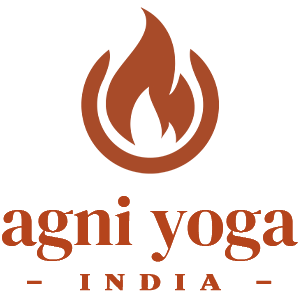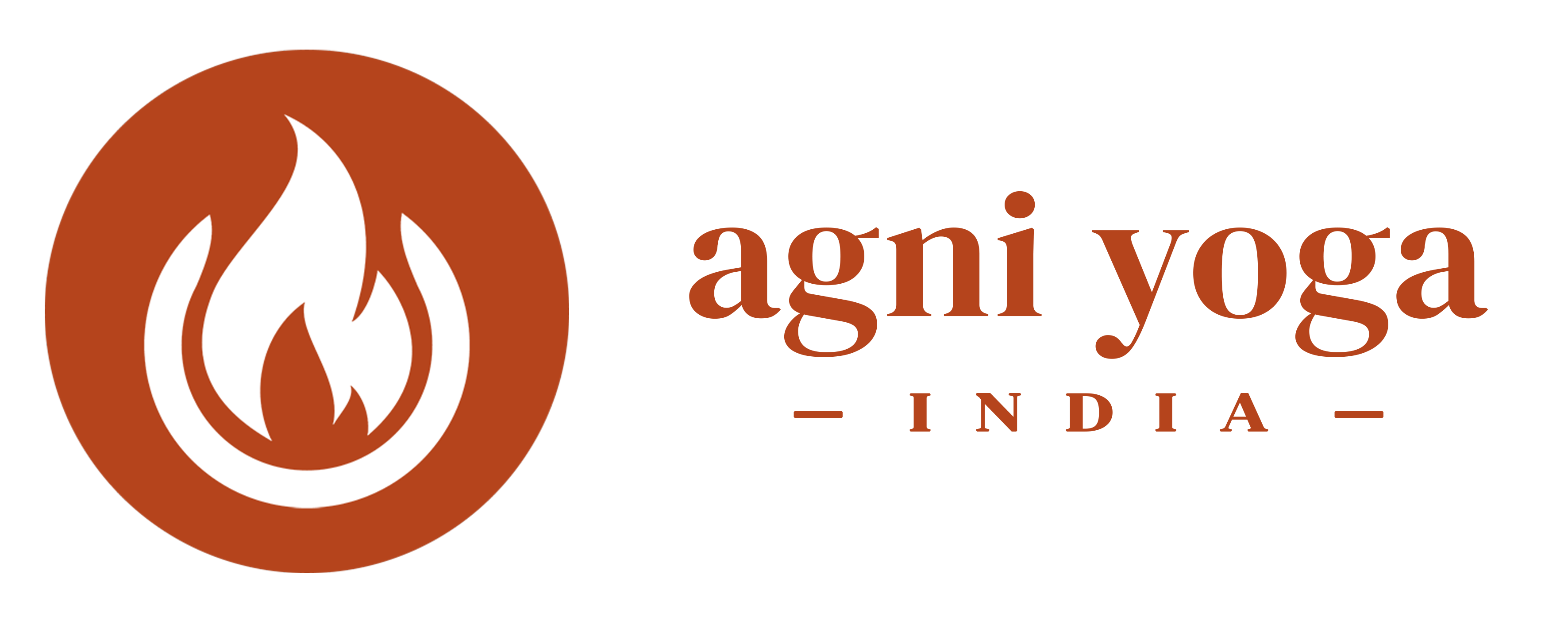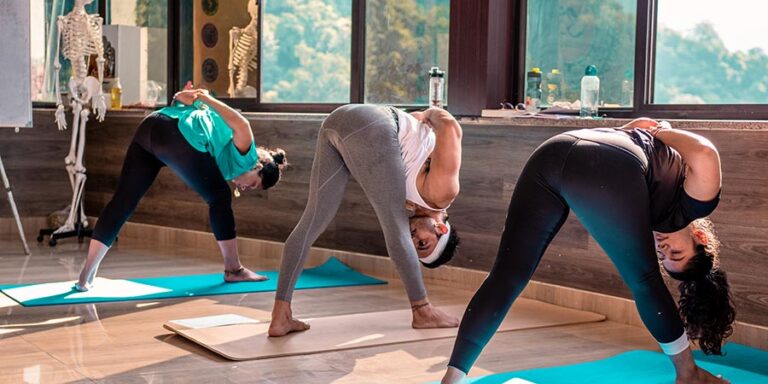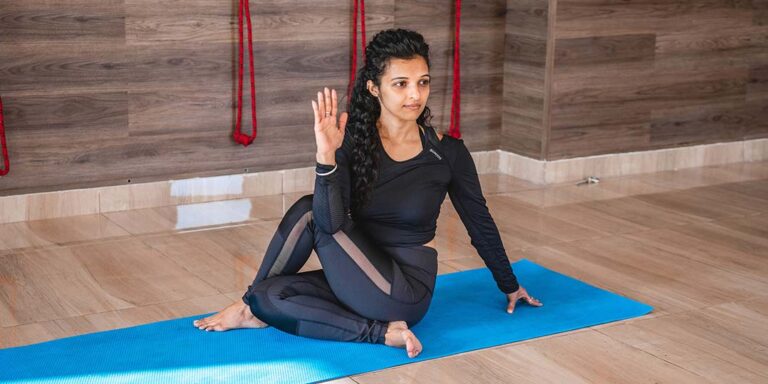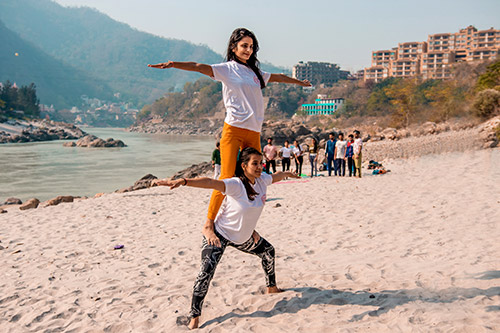What is Pranayama and Its Benefits? Types and Techniques for Beginners
Pranayama is a centuries-old breathing technique that has its roots in Indian yogic practises. It entails managing the durations and patterns of your breathing. Due to the numerous health advantages of pranayama practice, it has more recently become increasingly well-known all over the world.
How to Practice Pranayama?
Yoga is frequently practised in conjunction with pranayama. Pranayama is the fourth limb or the fourth anga (arm) of yoga. It is thought that pranayama is a science and it has the power to harness the maximum potential of your mind. It is said that by managing and regulating your breath, you can control the power of your mind.
Pranayama is an amalgamation of two words – prana, which means breath and ayama, which can be understood as length, expansion or raising.
The Three Stages of Pranayama as per Yoga Sutra
The breath cycle in pranayama has three stages. The breath training in pranayama is broken down into these phases. Breath training is crucial since it cleans the body’s energy pathways. In addition, increasing the body, mind, and emotional immunity while also calming the nervous system. Different stages of pranayama can be better understood by increasing breath awareness.
Stage 1 – Puraka (Inhalation)
In the Puraka stage, inhalation is performed very smoothly by maintaining a constant and consistent force. The lungs fill up at a controlled speed. In other words, the force while breathing in automatically decreases as the time and phase of inhalation are prolonged.
Puraka’s duration needs to be properly regulated to achieve the required balance between the next two stages – Kumbhaka and Rechaka.
Stage 2 – Kumbhaka (Retention)
A controlled voluntary suspension of breath for a short period is known as Kumbhaka. Kumbhaka is performed during both inhalation and exhalation.
When the air is held after controlled inhalation for a predetermined amount of time, it is called Antar Kumbhaka.
When the breath is held for a few seconds after the exhale has ended, it is called Bahya Kumbhaka.
Both varieties of Kumbhaka are often used in bandhas and meditation. They also raise that body temperature and have favourable effects on both physical and mental health.
Stage 3 – Rechaka (Exhalation)
The final stage of Pranayama is Rechaka which is a voluntary controlled exhale. In Pranayam exercises, exhalation is typically done through one nostril (Anulom – Vilom) or both nostrils by slightly contracting the glottis (Ujjayi). As a result, there is a small airway resistance. This controls how much air gets exhaled per unit of time. As a result, the exhalation gets prolonged.
These three stages form the basis for Pranayam practices, meditation, and purifying kriyas. It also clears the mind and brings awareness of the present moment.
Types of Pranayama
With the help of Pranayama, one can acquire a healthy body and mind by controlling the cycles of Pranic Energy. In his book of Yoga Sutras, Patanjali describes pranayama as a way to achieve higher levels of awareness. He also emphasises the practice of holding one’s breath as a key step to achieving Samadhi. Hatha yoga also discusses eight different types of pranayama that are good for the body and mind.
There are five forms of prana that are responsible for pranic activities in the body —
- Prana
- Apana
- Vyan
- Udana
- Samana
Each of them is responsible for a different pranic activity. The most significant of these are Prana and Apana. Apana flows downwards in the body, whereas prana flows upwards. Pranayama practice brings these pranas’ activities into balance, which promotes both physical and mental wellness.
We, at Agni Yoga India, help you master pranayama under the guidance of teachers and practitioners who have extensive knowledge and experience in practicing and teaching pranayama. Pranayama forms an integral part of our yoga TTC and special attention is paid to making your practice thorough and strong.
One very important thing to keep in mind before practicing any type of pranayama is that it should be done empty stomach or there should be a gap of a minimum of three hours after having a meal. Try to practice early morning in a well-ventilated room or outdoors in the fresh air. Below is the list of eight pranayamas with their benefits.
-
Dirgha Pranayama or Three-Part Breathing
This pranayama got its name because you actively breathe into three different parts of the abdomen while practicing it. It is perhaps the best pranayama for beginners because it helps you become acclimated to taking deep, meditative breaths. This is usually the first pranayama in the sequence as it aligns and readies the mind for all the subsequent pranayamas. This should be done for a few minutes before getting into the other pranayamas. Here’s how it is done –
- Lie down on your back in a relaxed position
- Feel your belly expand as you inhale
- Draw some extra air to fill the rib cage just when you think it is full
- Then, allow a little more to enter, filling the chest
- Start exhaling slowly from your upper chest
- Release from the rib cage after that
- Finally, let the stomach air out. This completes one cycle.
Benefits of Dirgha Pranayama –
- Reduces high blood pressure and hypertension
- Strengthens digestive system
- Strengthens immunity
- Improves lung’s capacity to absorb enough oxygen
- Helps females to breathe better during pregnancy
2. Nadi Shodhana or Alternate Nostril Breathing
Nadi Shodhana is one of the best and simplest alternate nostril breathing pranayama. It has variations but this one is the easiest to perform. Here’s how it is done –
- Sit in a cross-legged comfortable position
- Exhale completely
- Put your left hand in the palm-up position (Dhyana Mudra) on your left knee.
- Use the thumb of your right hand to close your right nostril and inhale deeply with the left
- Next, close the left nostril with the first two fingers and release the thumb from the right nostril
- Open the right nostril and exhale completely
- Inhale through the right nostril, then close
- Open the left nostril and exhale completely. This completes one cycle.
Benefits of Nadi Shodhan
- The whole body gets an extra supply of oxygen
- Blood gets purified of toxins
- Stimulates and energises the brain to work to its optimum capacity
- Improves concentration, and tranquilises the mind resulting in clarity of thoughts
- Controls stress and anxiety
- Improves all the main functions of all systems in our body – digestive, reproductive, endocrine, excretory, nervous, circulatory and respiratory
- Balances Ida and Pingala – the left and right energy pathways and clears pranic blockages.
3. Sheetali Pranayama or Cooling Breath
Sheetal means calm and soothing. This is cooling pranayama and is preferably done in summer to keep the body cool. Here’s how it’s done –
- Sit in a comfortable, cross-legged position
- Take a few deep breaths to prepare
- Roll your tongue in an O shape between pursed lips
- Slowly inhale through the tongue and feel the breath moving down through your throat
- Hold your breath comfortably and practice Jalandhar bandh (chin lock – bend your neck down towards the chest and hold)
- Exhale through your nostrils after a few seconds
Benefits of Sheetali Pranayama –
- It helps in controlling acidity and heartburn
- Reduces high blood pressure
- Removes excess heat from the body
- Allows prana to flow more freely through the body
- Can help cool the body, such as during hot weather or a hot flush
- It tranquilises the mind and keeps anger and frustration at bay
- It helps in thyroid issues by balancing the endocrine system
- It helps in insomnia if done right before going to sleep
- It has beneficial effects on the teeth and gums. It should be practiced during and after pregnancy when mouth health can be compromised.
4. Ujjayi Pranayama – Victorious Breath or Ocean Breath
Ujjayi Pranayama is considered one of the best cooling pranayama. While doing this pranayama, the sound produced is similar to ocean waves. Here’s how you do it –
- Begin in a comfortable cross-legged position
- Breathe through the nose, keeping the throat constricted
- Constrict the back of your throat and imagine you are trying to fog a mirror. You can keep one hand with palm facing your mouth to feel the breath exhaling from the mouth
- After a deep exhale, close your mouth. This is one cycle.
- Continue to take steady, relaxing, and deep breaths. Concentrate on the sound and breath. It will sound like a baby snoring and shouldn’t be too loud.
Benefits of Ujjai Pranayama
- Decreases high blood pressure and improves heart health
- It has a tranquilising effect on the mind and reduces stress, insomnia, anxiety, etc.
- Helpful in reducing fluid retention
- Helps in balancing emotions and encourages introversion
- Arouses parasympathetic nervous system and induces muscular relaxation
- Useful in preparing for meditation
5. Bhramari Pranayama or Bee Breath
In Bhramari Pranayama, the sound of the breath while breathing out sounds like a humming bee. This humming generates vibrations in the body and elevates your pranayama experience. Here’s how it’s done –
- Find a comfortable sitting position
- Close your ears with your thumbs and cover your eyes with your fingers
- Inhale deeply
- Then exhale slowly with mouth closed and make a buzzing sound like a bee with the ‘m’ sound
- Once you’ve fully exhaled with the sound, you’ve completed a cycle
Benefits of Bharamari Pranayama
- Reduces stress, anxiety, anger and high blood pressure
- Helps in insomnia if done before bed
- Strengthens the throat and voice, and improves hearing
- Helps id healing body tissue after surgery
- Good for the endocrine system
- Increases concentration and improves memory
6. Bhastrika Pranayama – Bellows breath
Bhatsrika Pranayama is a beginner level heat generating pranayama. This pranayama is performed with forceful inhalation and exhalation of breath. Here’s how it’s done –
- Sit in Padmasana (lotus posture) with eyes closed and erect spine
- Inhale deeply through your nostrils
- Then forcefully exhale through your nose, using the diaphragm to ‘pump’ the breath out of your body
- Inhale and exhale forcibly and rapidly a couple of times
- Once done, take a deep inhale and hold the breath in for as long as you can
- Lastly, release the breath with a deep and slow exhalation
- After completing this cycle, you can return to your normal breathing
Benefits of Bhatsrika Pranayama
- Purifies blood and improves complexion
- Reduces fats by speeding up the metabolism and improves the digestive system
- Helps remove excess mucus, especially during cough or cold
- Balances the nervous system and enhances focus
- Helps with depression
- Improves circulation of blood and oxygen to the heart and lungs
7. Kapalabhati Pranayama or Skull Shining Breath or Breath of Fire
Kapalbhati pranayama detoxifies the entire body. If combined with weight loss yoga, it will be more beneficial for those who are obese. Here’s how it’s done –
- Sit in a comfortable position. Rest your hands on your knees with palms facing up and bring awareness to your belly
- Inhale through your nose deeply
- Exhale forcefully (to start, you can use your hands to gently press on your belly)
- Inhalation will happen naturally
- Concentrate on exhalation and inhalation should be passive
- To begin, aim for 65-70 pumping per minute. Once you develop a rhythm, work your way up to 95-105 cycles per minute
- A cycle is exhalation and inhalation together.
Benefits of Kapalabhati Pranayama
- Generates body heat and dissolves toxins in the body
- Enhance the functioning of the liver and kidneys
- Relaxes the eyes and slows down premature signs of ageing
- Improves blood circulation and digestion
- Increases the metabolic rate
- Helps with mood swings and minor anxiety issues
- Decluttered and de-stresses the brain
- Takes care of acidity and gas-related problems
- Enhances lung capacity and makes them stronger
8. Simhasana Pranayama or Lion’s breath
Simhasana Pranayama is one of the best pranayamas for a healthy, glowing face. It eases the tension and stress by stretching the entire face, along with the jaw and tongue. Here’s how it’s done –
- Sit comfortably and rest your hands on your knees with your palm facing up
- Inhale through your nose with your mouth close, exhale by making a forceful ‘ha’ sound with an open mouth
- While exhaling, open your mouth as wide as possible, with your tongue sticking out towards the chin
- Inhale and relax the face. This is one cycle.
Benefits of Simhasana Pranayama
- Relieves tension in the face and chest
- Improves circulation of blood to the face
- Keeps your eyes healthy by stimulating the nerves
- Stimulates and firms the platysma
- Helps prevent sore throat, asthma, and other respiratory ailments
- It May help get rid of bad breath
Precautions While Practicing Pranayama
- If you have a chronic medical condition, consult your doctor and a yoga teacher before beginning.
- Unless otherwise instructed, always breathe through your nose.
- During pranayama practice, there should be no strain. Lungs are delicate organs; avoid forcing your breathing beyond its limits.
- Avoid making very loud sounds while breathing. Maintain a steady and rhythmic breathing pattern.
- Pranayama should be avoided immediately after eating. Pranayama can be done at least three hours after eating. Remember that a large meal will take much longer to digest. Therefore, time your practice accordingly.
Bottomline
Begin pranayama slowly and gradually increase your practice. Pranayama, as a yogic practice that can potentially harmonise your mind and body, may prove beneficial to your overall well-being.
According to yogic ideology, pranayama exercises can help you control your inner power, also known as prana. In yoga, prana also stands for the elemental forces of electricity, magnetism, heat and light. These interpretations focus on how pranayama exercises can help you control your breathing and elevate your mood. It’s also believed that a powerful pranayama breath might also lead to body detoxification.
Related Posts:
- Yoga Poses for Weight Loss: The Top 10 Advantages
- Yoga for Diabetes. How Stress Causes Diabetes.
- 5 Yoga Poses that give you relief from back pain
- 10 Benefits of daily yoga practice
- Why choose yoga as a career?
- Yoga Teacher Training vs Yoga Retreat. What should you choose?
- Methods to boost Endurance during Aerobic and Anaerobic Exercises.
- Yoga Teacher Training in Rishikesh India
- Why Join Agni Yoga India for Yoga Teacher Training in Rishikesh India?
- 500 Hour Yoga TTC in Rishikesh
- How to Dress Correctly for a Great Yoga Session? A Beginners Yoga Outfit Guide
- 15 Standing Yoga Poses That Will Build Full-Body Strength & Balance
- What is Ashtanga Yoga and Its Primary Series, Intermediate Series and Advanced Series?
- What is philosophy?
- What is Pranayama and Its Benefits? Types and Techniques for Beginners
